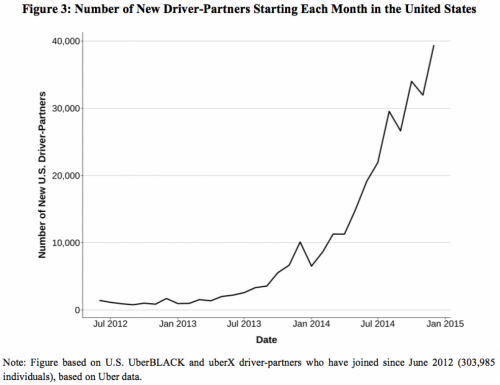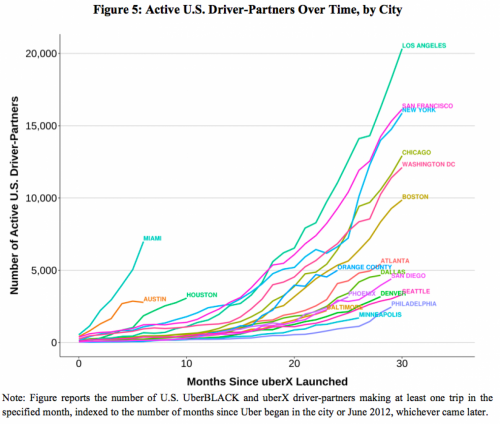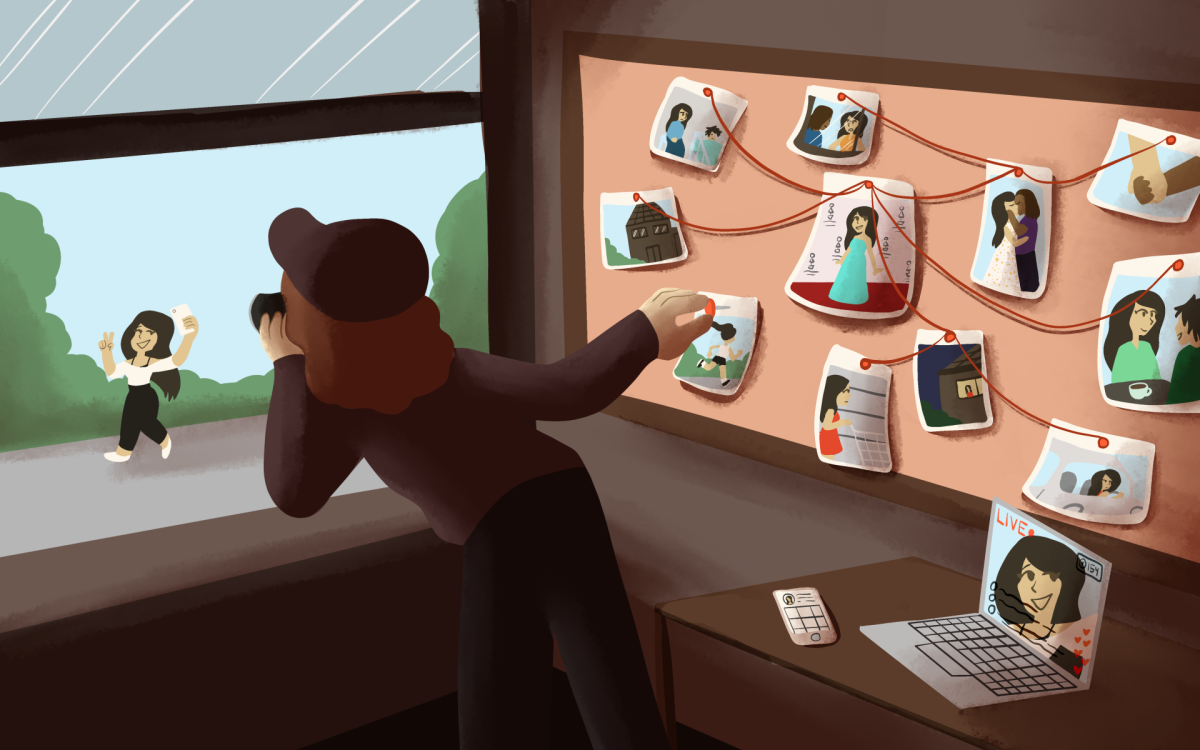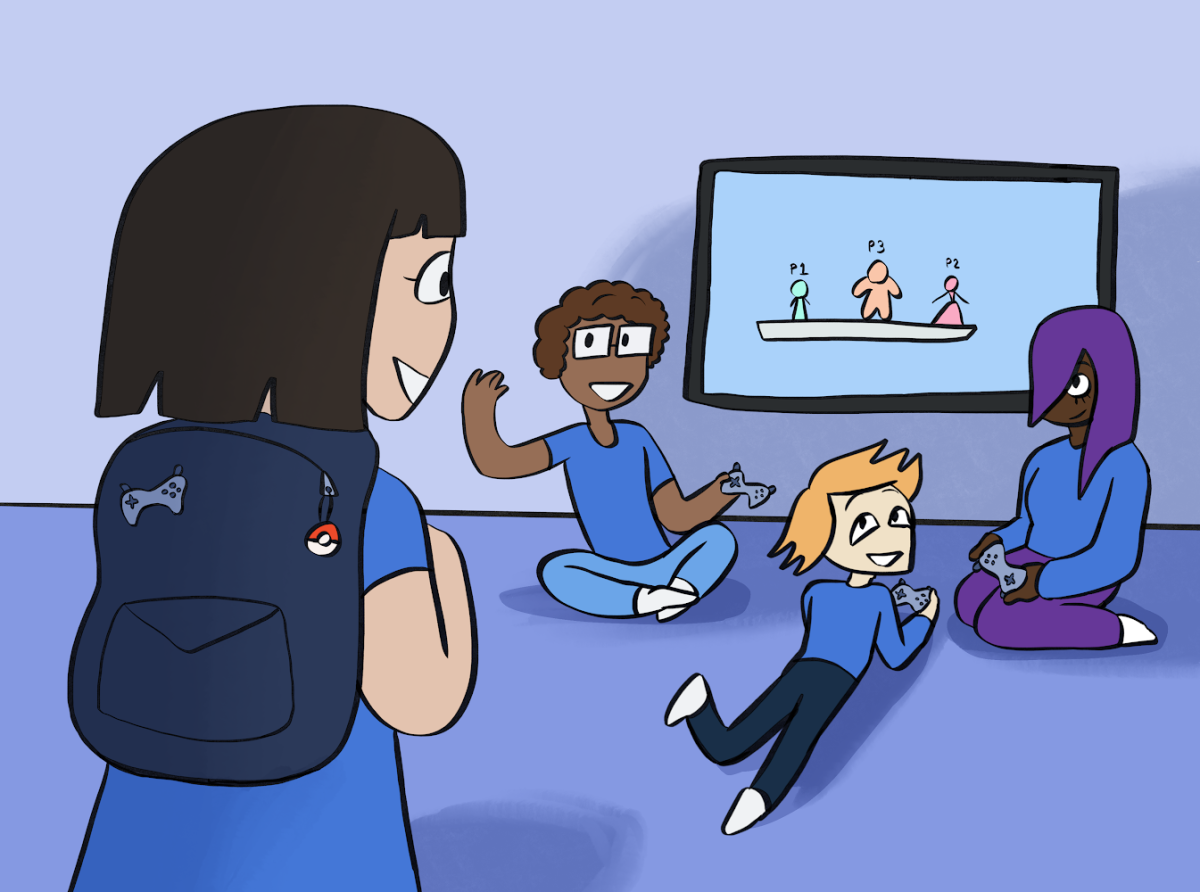
Popular ridesharing service Uber is no stranger to controversy. The company consistently makes headlines with critics slamming the business for countless reasons including outlandish statements by corporate executives, concerns regarding rider privacy and the always controversial surge pricing, which are merely some of the issues Uber faces.
Yet despite all the highly publicized controversies, riders continue using the app as a cheaper alternative to hailing a cab the old-fashioned way. This obvious preference towards using mobile apps to catch a ride signals that while the “rideshare revolution” has its undeniable flaws, it is here to stay. Traditional taxis face the choice of adapting to the times or disappearing entirely.
Accessibility plays a key role in drawing customers to ridesharing apps. Connor Iseberg, a DePaul sophomore, has been a regular user of Uber for a couple of years now. “What I like most about Uber is the convenience,” Iseberg said. “There are always cars around and the wait for a driver, no matter what time, is almost never longer than five to 10 minutes.”
The convenience of apps like Uber is not strictly for riders; drivers use ridesharing services as an easy way to make extra money.
Isaac Burrows, 48, is a DePaul graduate who works full time as a regulatory compliance consultant in Chicago. Three months ago, he became an Uber driver after hearing about the extra money drivers could make working just a few nights a week. He said his earnings are “more than expected.” Burrows did not feel that ridesharing services such as Uber were solely responsible for taxi drivers’ decline in business.
“The taxi industry missed an opportunity to evolve their business around the demands of what people wanted. They needed to evolve their business mode so they were more accessible to everybody and because they didn’t, shame on them,” Burrows said.
What many customers have an issue with is not the demise of the cab industry, but Uber’s control over their wallets. The company’s infamous surge pricing has angered taxi drivers and Uber riders alike. According to Uber, surge pricing exists “to get more cars on the road and ensure reliability during the busiest times. When enough cars are on the road, prices go back down to normal levels.”
Surge pricing’s effectiveness in motivating drivers to get on the road remains somewhat unclear. Still, Uber CEO Travis Kalanick continues to support the temporary price raises. “You want supply to always be full, and you use price to basically either bring more supply on or get more supply off, or get demand in the system or get some demand out,” Kalanick said in a Vanity Fair profile. “It’s classic Econ 101.”
Traditional taxi drivers and companies need to capitalize on the one thing Uber users can’t stand if they want their business to survive: surge pricing. By creating their own apps that call a cab to a user’s front door and ensuring a consistent fare rate regardless of the demand for rides, taxis just may have a fighting chance in this battle for business.









